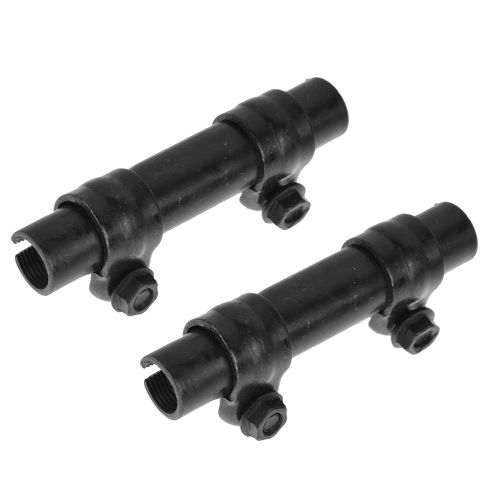1ASFK01585-Front Driver & Passenger Side Tie Rod Adjusting Sleeve 2 Piece Set TRQ PSA54758
Replaces
1967 Cadillac Eldorado Front Driver & Passenger Side Tie Rod Adjusting Sleeve 2 Piece Set TRQ PSA54758
Product Reviews
Loading reviews
4.00/ 5.0
3
3 reviews
Great Product and good value.
February 6, 2018
Shipped fast. Showed up in great condition. Works perfectly. Website even had a video of how to install it, Very helpful.
Good part at fair price
April 23, 2018
I was searching for parts and had been ordering from mulltiple suppliers and the free shipping caught my eye and received a good part at a fair deal only draw back there is not alot more parts fir my 1985 c 10 that im bagging and slamming
Weak washers
March 15, 2022
Washers are very weak. they twisted out during torque.
Customer Q&A
No questions have been asked about this item.
Cadillac is a registered trademark of General Motors Company. 1A Auto is not affiliated with or sponsored by Cadillac or General Motors Company.
See all trademarks.













